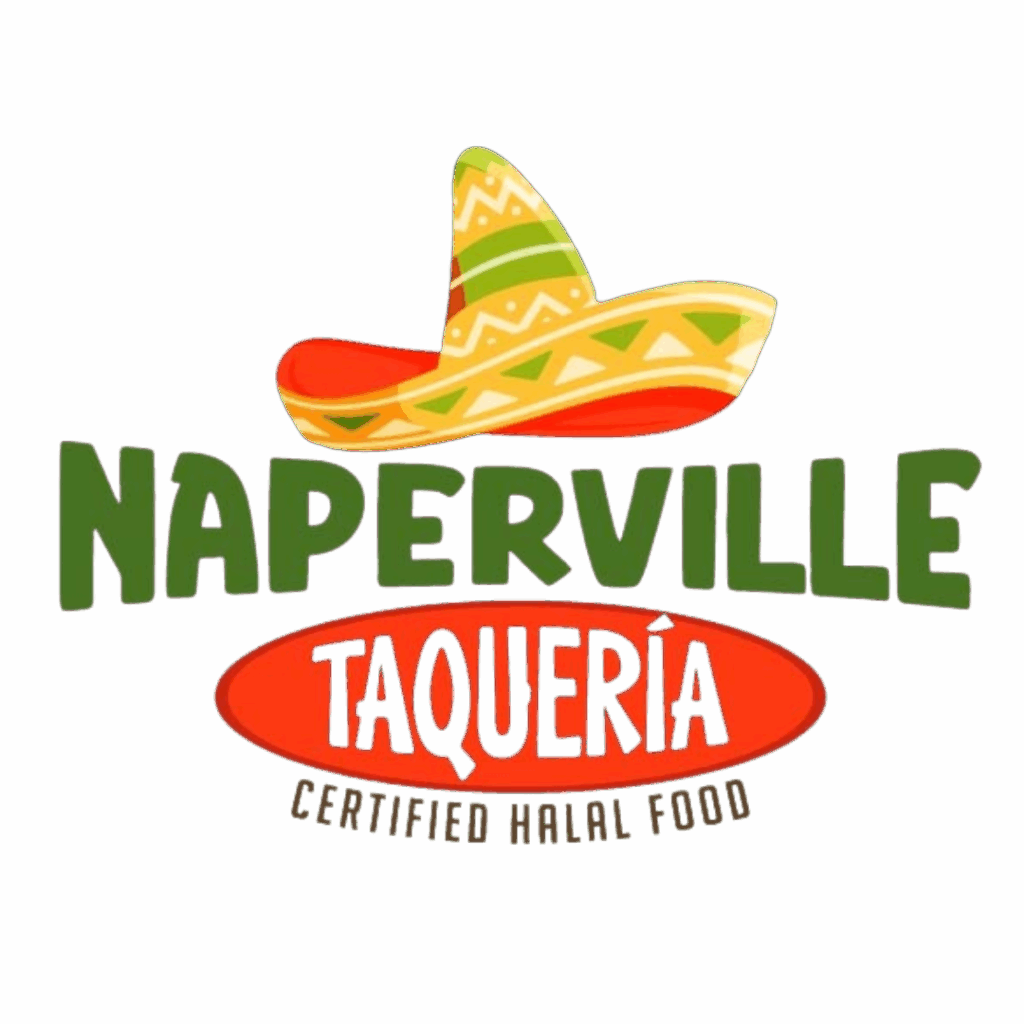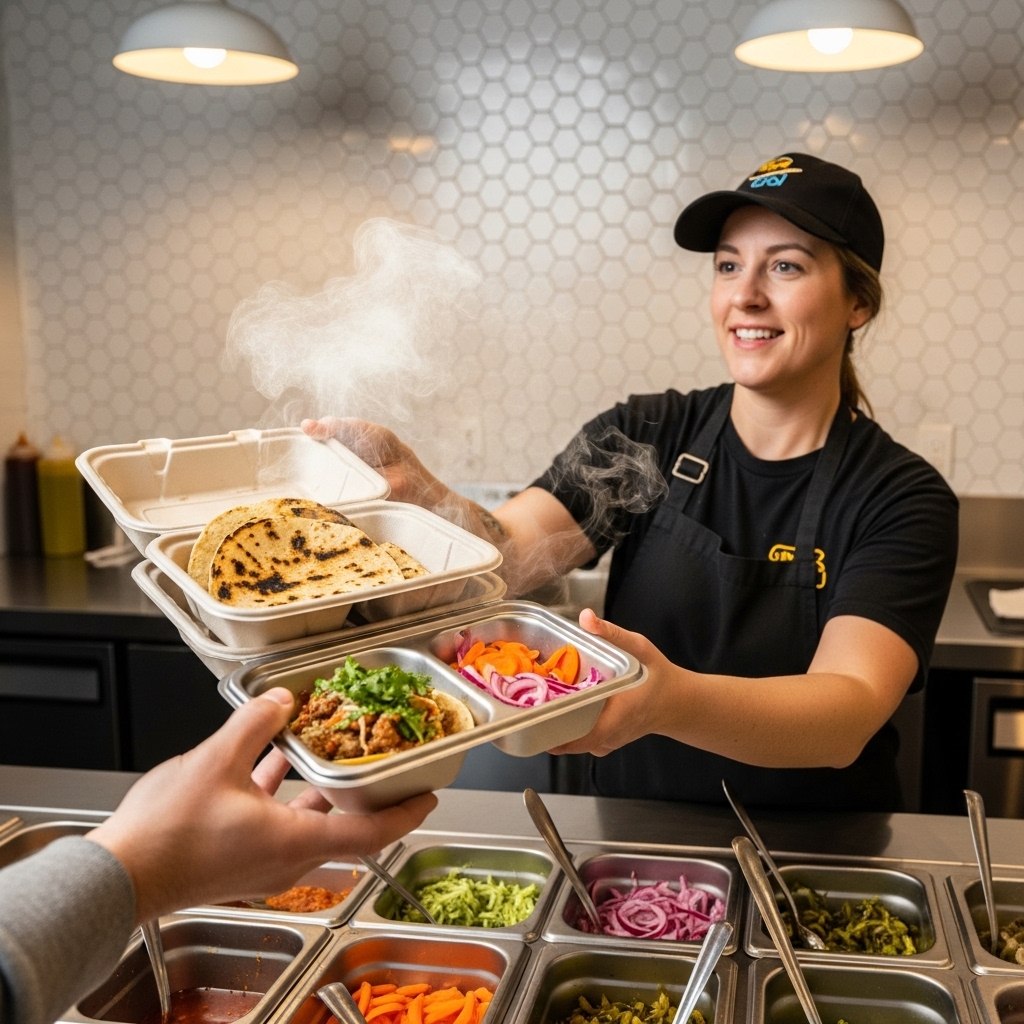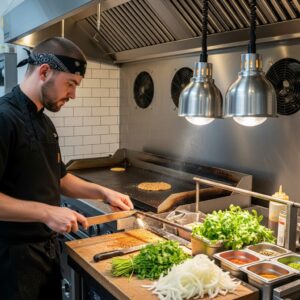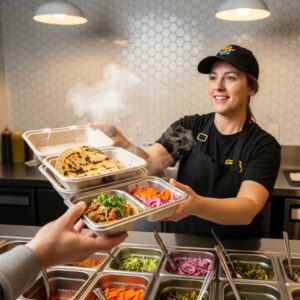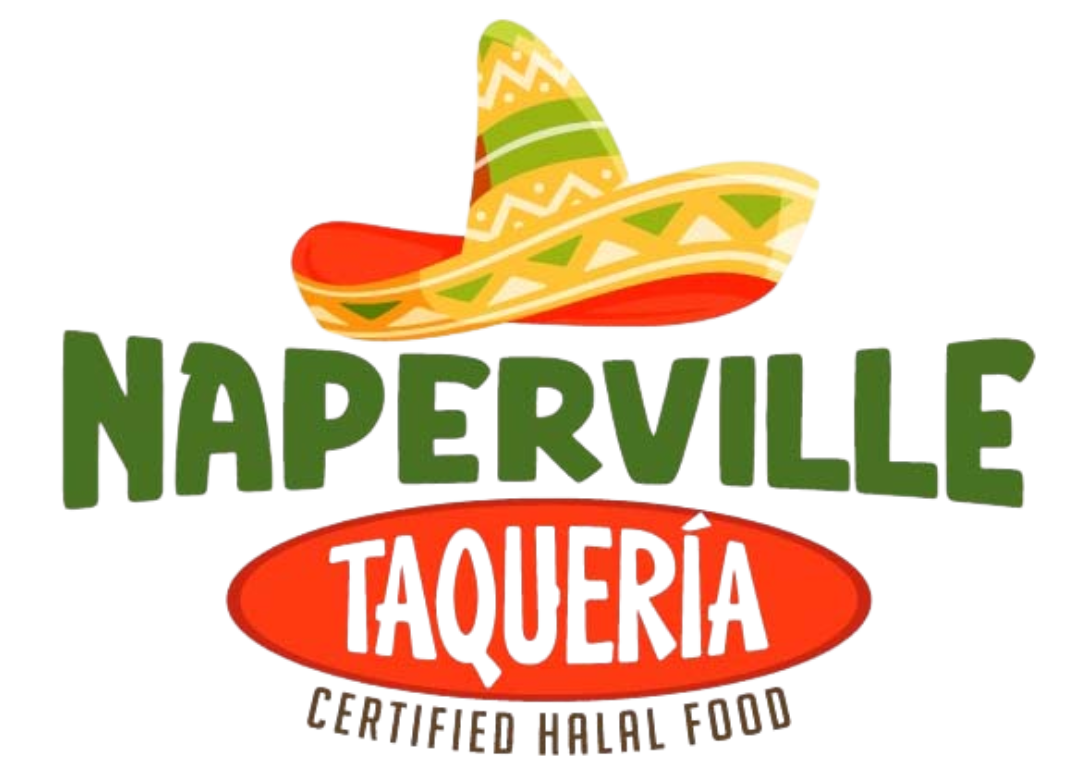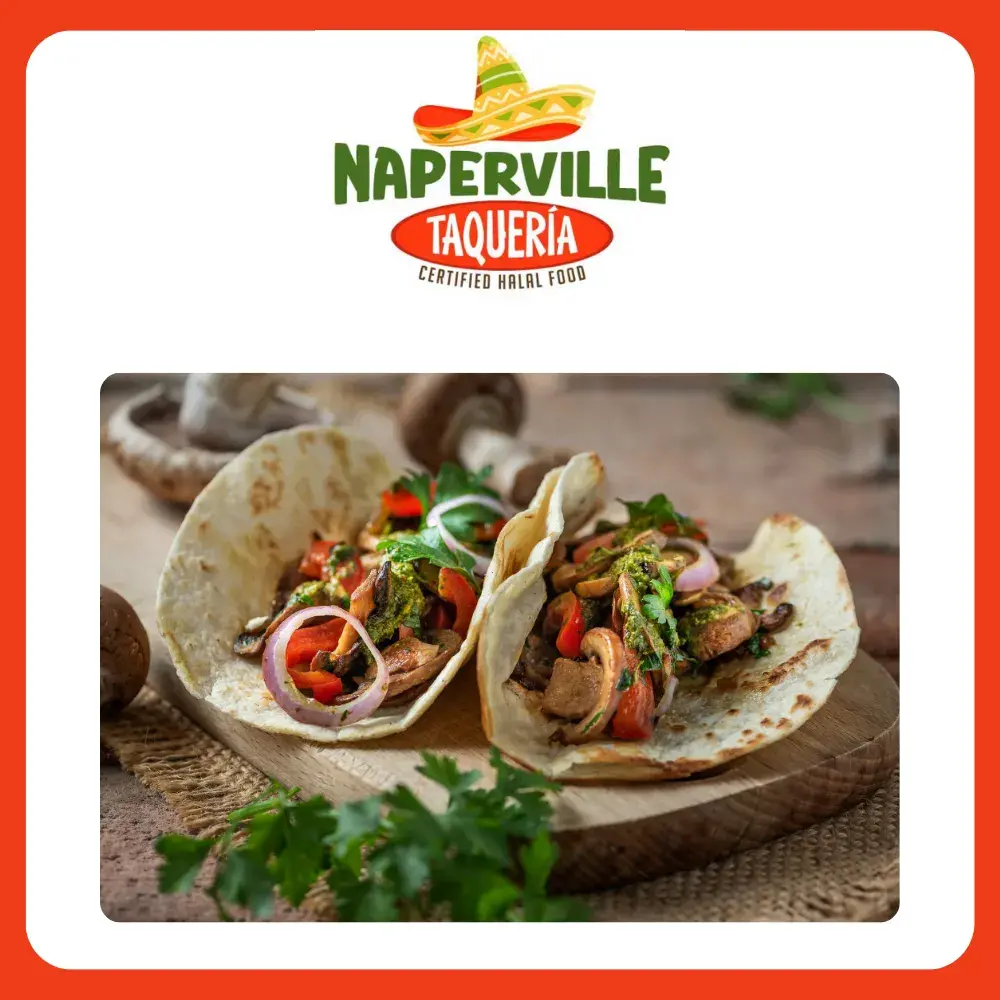Even the most beloved taquerias face challenges, and understanding them can make you a happier, more informed diner. In Naperville, where evenings fill with kids’ practices, downtown strolls, and quick post-commute stops, the rhythm of a taqueria has to match the city’s pace while preserving soul. Knowing what can go wrong—and how the best places prevent it—helps you set expectations and appreciate the quiet craftsmanship that keeps tacos tasting great. If you’re planning a visit soon, take a minute to browse the menu so you can order with confidence and avoid common pitfalls.
First, let’s talk tortillas. They are the foundation of every taco, and small missteps ripple through the whole meal. If tortillas are warmed too far in advance, they lose steam and elasticity; if they are rushed, they can feel doughy or under-heated. Great taquerias calibrate the griddle heat and the timing to the second. On a busy Friday near the Riverwalk or at a lunch rush along Ogden Avenue, that timing gets pressure-tested. The solution is organization: staging just enough tortillas, heating on demand, and training the line to read cues like a tortilla’s puff.
When sauces steal the spotlight
Salsas should complement, not eclipse, the fillings. One common issue is a salsa that leans too watery or too sharp, drowning nuance. Another is mismatched heat—too mild when you want spark, or spicy without character. Naperville taquerias that get it right roast, toast, and blend with purpose, then serve with clear guidance. Staff who ask about your heat preference and describe salsas succinctly help you land on the right path, reducing the odds of disappointment.
Communication matters for allergens and dietary needs, too. While cross-contact is always a consideration in small kitchens, operators who label clearly and answer questions directly build trust. If you have specific needs, asking early in the order process lets the kitchen respond thoughtfully.
Holding the line on meat quality
Cooked meats that sit too long lose their best self. They can dry out, taste flat, or feel greasy. The fix is simple but demanding: small batches, proper resting, and constant tasting. The pressure peaks during stacked rushes—after a soccer match at Knoch Park, say, when families pour in all at once. Well-run taquerias pace the grill, keep backups ready without overcooking, and replenish often so every order gets meat at its peak.
Vegetable fillings deserve the same vigilance. Overcrowding a pan robs mushrooms and peppers of their char; under-seasoning leaves them timid next to bold salsas. When vegetables are treated as equals, the whole menu gains balance, and mixed groups can order freely.
Takeout and the battle against sogginess
Naperville eats a lot of tacos on the go, and carryout introduces texture challenges. Steam trapped in sealed containers makes tortillas limp, while hot fillings melt garnishes meant to stay crisp. Smart packaging—vented lids, separate containers for wet items, and clear instructions to rewarm tortillas briefly—helps preserve integrity. If you pick up regularly, you’ll notice the best shops tweak their packing routines as seasons change, compensating for winter cold and summer humidity.
At home, a quick tip: warm your serving plate and reheat tortillas lightly on a dry pan before assembly. Little rituals like these bring the shop’s intention to your kitchen without fuss.
Queue management and consistency under pressure
Long lines can make or break the experience. The top taquerias keep orders moving with a combination of forethought and choreography—clear signage, efficient point-of-sale, and a line cook who anticipates the next ten tortillas before a ticket prints. When you see that kind of rhythm, you can exhale. The line may look long, but the food will land hot and correct.
Consistency is also about calibration across shifts. Teams that taste salsas together at the start of service, compare salt levels, and test for heat bring diners a stable experience whether they visit on Tuesday afternoon or Saturday night.
Noise, seating, and the feel of the room
Small spaces get lively quickly, especially downtown and in neighborhood strips near schools and parks. Music that feels energetic at five can feel loud at seven when the room is full. Thoughtful operators adjust volume, seat parties with strollers where they can move easily, and keep traffic lanes clear so pickups don’t bottleneck the dining area. As a diner, choosing your timing—early dinner before practice or a later visit—can give you the room you want.
Cleanliness is another quiet differentiator. A gleaming counter and a tidy salsa station tell you a lot about what happens behind the scenes. Trust tends to rise when the space feels cared for.
Expectation setting: specials and sold-out items
Because great taquerias cook in small batches, popular items will sometimes sell out. Rather than a flaw, this is often a sign of freshness. Operators who update boards promptly and offer alternative recommendations show respect for your time. When a favorite is gone, consider it an invitation to explore a different cut or salsa pairing; you might discover a new regular order.
It also helps to plan ahead when you can. A quick glance at the menu before you head out can save decision time and help you pivot if a special catches your eye.
Parking and pickup flow
Downtown Naperville makes street parking a variable. Many taquerias anticipate this with clear pickup instructions and curbside handoffs. Calling out the make and color of your car or noting your arrival in an app keeps the exchange smooth. The goal is to land food in your hands at its best moment, not after it has waited an extra five minutes on a counter.
For sit-down visits, a short walk from a garage can be worth it when the dining room gives you space to relax. A few steps more for a better experience is a trade many locals happily make.
What diners can do
As guests, we can help the system work. Ordering thoughtfully, being clear about heat preferences, and picking up promptly keep the kitchen humming and your food tasting the way it should. Offering feedback kindly—pointing out a too-watery salsa or a tortilla that cooled before serving—gives teams the data they need to adjust.
When both sides treat the meal as a collaboration, small issues stay small, and the joy of a perfect taco takes center stage.
FAQ: Common taqueria issues
Q: Why do tacos sometimes arrive lukewarm? A: Timing and assembly. If tortillas sit too long after heating or fillings wait while other items cook, temperature drops. The fix is coordinated plating and heating on demand.
Q: How can I avoid getting a salsa that’s too spicy? A: Ask for a taste or a staff recommendation. Describe the kind of heat you enjoy—smoky, bright, or gentle—and let the team steer you to the right match.
Q: What’s the best way to keep takeout tacos from getting soggy? A: Rewarm tortillas briefly on a dry skillet, assemble just before eating, and keep wet components separate until the last minute.
Q: Is it normal for an item to sell out? A: Yes. Small-batch cooking trades abundance for quality. Sold-out items usually mean the kitchen is cooking fresh and not stockpiling.
Q: Why do wait times spike suddenly? A: Rushes often follow local events, school schedules, or weather breaks. Well-run taquerias plan for these waves, but brief spikes are part of the landscape.
Eager to sidestep the usual snags and savor the best of what’s cooking? Glance at the menu, time your visit, and let your next Naperville taco night unfold with more flavor and less friction.
